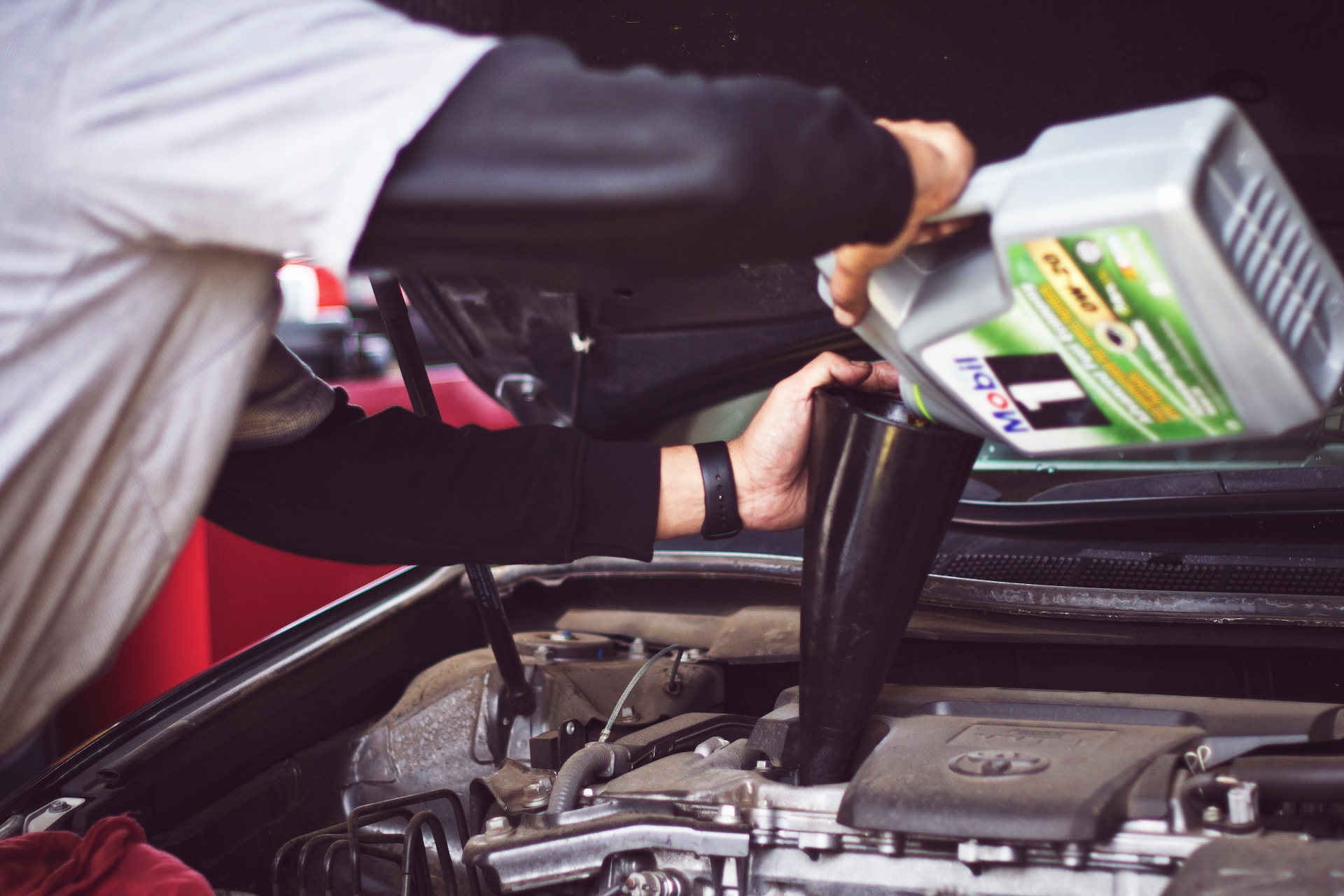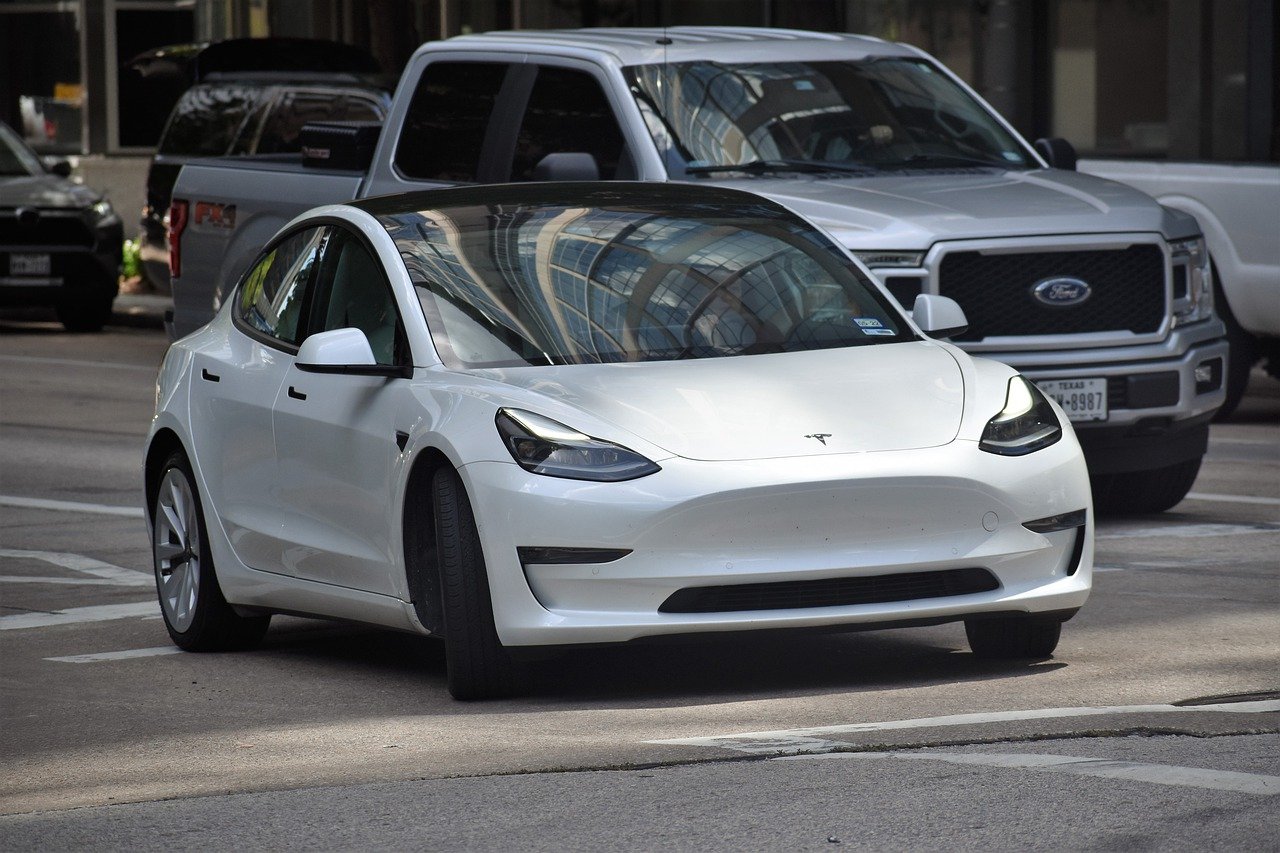While many automakers focus on electric and hybrid vehicle design, BMW has invested heavily in a concept called EfficientDynamics that focuses on increasing fuel efficiency in traditional petroleum-fueled vehicles. As a result, the BMW fuel pump works a little differently from some of its competitors, and there are other fuel system changes to note as well.
Innovations & Performance
EfficientDynamics represents a way of thinking about automotive design, not a change to a specific part. That means everything from weight reduction and ECU performance to the way your fuel pump works. As part of this program and its precursor programs aimed at increasing fuel efficiency while preserving engine power, an entire engine family was designed, with all parts working together to make those gains. From the fuel system to the exhaust, everything was designed to work synergistically to reduce fuel use at every performance level.
The next-generation TwinPower Turbo engine design that changes the way air and fuel are brought together to make those gains requires a high-pressure, designed-to-purpose fuel pump that works with BMW’s overall vision to support these new features. That is not to say there will be no aftermarket fuel pumps for BMW, just that they will need to work with this new technology.
Reliability You Can Trust
There has been a lot of debate about the design of BMW’s high pressure fuel pumps since their implementation in the mid-2000s because older models seem to experience a disproportionate rate of fuel pump failure. The issue has been solved for some time, and it ultimately comes down to maintenance and the demands placed on a fuel pump.
Even at the height of the issue, it was something that affected vehicles as they aged and picked up mileage. When properly maintained the high-pressure fuel pumps on your BMW can potentially last as long as the car. The leading causes of fuel pump failure are fuel contamination and lack of maintenance. To keep your BMW’s fuel pump operating reliably, you need to use a fuel system cleaner regularly but not too frequently and avoid low quality fuels.
Inspecting the fuel pump is as easy as buying a fuel pressure gauge and using it regularly to make sure you have the right fuel pressure. There are sensors and warning lights designed to tell you, but double-checking is always a good idea. If you do notice a performance decline, ordering a replacement before you experience a pump failure will keep your vehicle operating reliably.
Choosing a New BMW Fuel Pump
Finding an OEM fuel pump for any BMW model is as simple as using a VIN decoder to get the information you need about the engine, model year, and model subtype so you can order a replacement for the original.
If you’re working with a modified BMW, fitment is a matter of finding the aftermarket parts designed to work with BMW’s unique design features and using a chart or flow rate calculator to find your perfect match. Either way, it’s just a matter of a little research, so why wait? Even if you don’t need a new pump today, understanding where to go to find one is a good idea.







